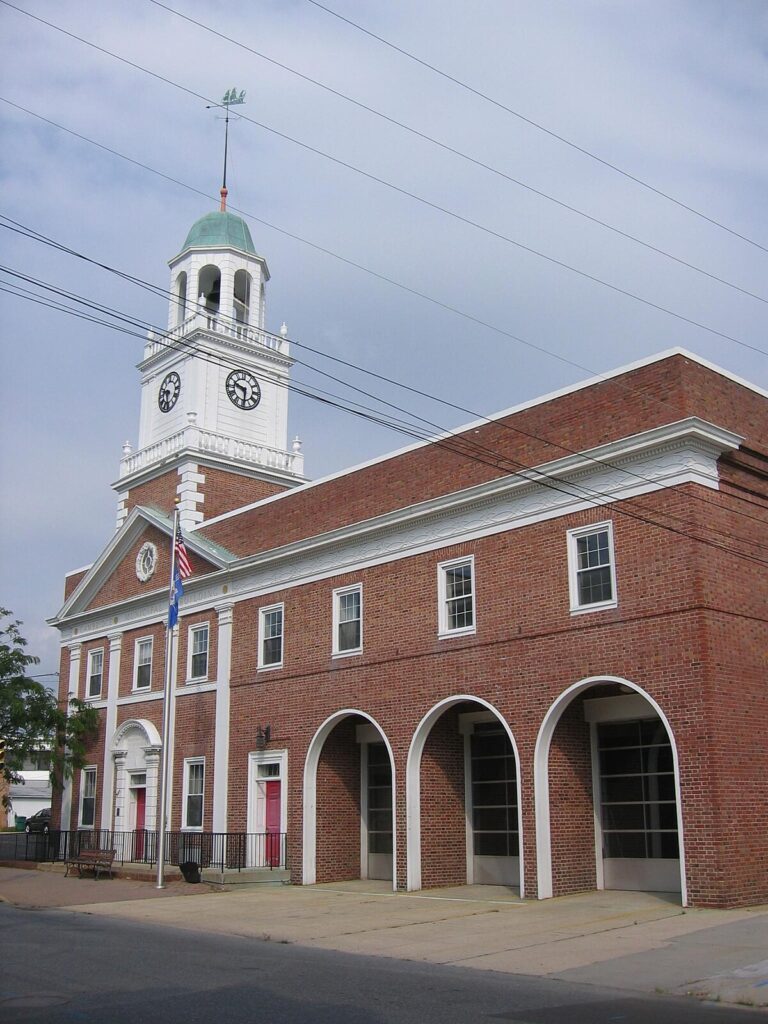
Moving to Cambridge, Maryland: A Comprehensive Relocation Guide
Considering moving to Cambridge, Maryland? This historic Eastern Shore city offers waterfront beauty, affordable living, and authentic Chesapeake character. With approximately 13,000 residents in 2025, Cambridge combines maritime heritage with small-city charm and the Eastern Shore’s regional hub.
Demographic Profile to Consider If Moving to Cambridge:
Cambridge’s 2025 population is approximately 13,000 residents in this Dorchester County seat on the Eastern Shore along the Choptank River. The median age is around 41 years, with working families, retirees, watermen, and diverse residents. The population is approximately 52% Black or African American, 43% White, 3% Hispanic, 2% Asian. Cambridge features working waterfront with crab and oyster industries, historic downtown, Harriet Tubman heritage (her birthplace nearby), and serves as the Eastern Shore’s southern hub. The city attracts retirees seeking affordable waterfront living, working-class residents, those escaping DC/Baltimore costs, and people wanting authentic Chesapeake character. Cambridge appeals to those prioritizing affordability, waterfront access, small-city pace, and Eastern Shore authenticity. The community values waterman heritage, Harriet Tubman history, affordability, and maintaining working waterfront character. Find trusted local services for moving, living, and working in Cambridge.Cambridge Relocation Directory
Cost of Living to Consider If Moving to Cambridge:
Cambridge offers exceptional affordability for waterfront location. Median home values range from $160,000 to $240,000 in 2025, among Maryland’s most affordable while providing Choptank River access and Chesapeake Bay proximity. The median household income is approximately $45,000. Rental properties average $800 to $1,200 monthly. Maryland has progressive income tax 2%-5.75%. Property taxes are moderate. Overall cost of living is very competitive, making Cambridge highly attractive for retirees on fixed incomes, working families escaping metro costs, and those seeking maximum Maryland waterfront affordability. The city provides tremendous value with waterfront location. Housing costs create exceptional accessibility including some waterfront properties at bargain prices.
Economy and Job Market:
Cambridge’s economy includes seafood processing, healthcare, manufacturing, and services. Major employers include University of Maryland Shore Regional Health, seafood processors supporting watermen and crab industry, Dorchester County government, and retail. The seafood industry provides working-class employment. Healthcare offers stability. Manufacturing includes food processing. Typical industries include seafood/waterman, healthcare, manufacturing, and services. Wages reflect small-city Eastern Shore levels. Career advancement is limited. The economy attracts working-class residents, healthcare workers, and those accepting lower wages for affordable waterfront lifestyle.
Education:
Dorchester County Public Schools serves Cambridge students with Cambridge-South Dorchester High School. School quality requires research. The educational infrastructure serves the working-class, diverse population.
Recreation and Lifestyle:
Cambridge offers beautiful Choptank River waterfront with Long Wharf providing river access and views, working waterfront with crab houses and watermen creating authentic Chesapeake character, historic downtown along High Street with local businesses, and Harriet Tubman Underground Railroad National Historical Park celebrating her legacy. The city features Harriet Tubman Museum and Educational Center, Blackwater National Wildlife Refuge (20 minutes providing world-class birding), sailing and boating access, and authentic Eastern Shore culture. Residents enjoy affordable waterfront living, crabbing and fishing, small-city pace, proximity to Ocean City (1 hour), and escape from metro stress. The lifestyle emphasizes affordable waterfront access, waterman heritage, small-city connections, Chesapeake Bay culture, and slower pace. The four-season climate features hot, humid summers and mild winters with occasional snow. The community values waterman heritage and seafood industry, Harriet Tubman history (tremendous local pride), affordability enabling waterfront living, working waterfront preservation, and authentic Chesapeake character. Living in Cambridge means accepting Eastern Shore isolation (1.5 hours to Annapolis, 2 hours to DC/Baltimore), limited employment beyond healthcare and seafood, working-class character, some urban challenges, small-city economy, and prioritizing affordability and waterfront over career opportunity while enjoying exceptional Maryland waterfront affordability, authentic Chesapeake waterman culture, Harriet Tubman heritage, beautiful Choptank River access, Blackwater refuge birding, and small-city Eastern Shore character creating Maryland’s most affordable waterfront where waterman heritage meets Tubman history and exceptional value defines authentic Chesapeake living.
Healthcare and Services:
Cambridge residents access healthcare through University of Maryland Shore Regional Health at Dorchester. The hospital serves the Eastern Shore with regional medical care.
Transportation:
Cambridge is accessed via U.S. Route 50, Maryland Route 16, and Eastern Shore routes. Most residents use personal vehicles. The Eastern Shore location creates isolation with Bay Bridge 1.5 hours to Annapolis. Typical travel times to Ocean City are 1 hour, to DC/Baltimore 2+ hours.
Conclusion:
Moving to Cambridge in 2025 offers affordable Eastern Shore waterfront living with Harriet Tubman heritage, waterman culture, and Chesapeake beauty. The city’s combination of exceptionally low waterfront housing costs, authentic Chesapeake character, and Tubman history makes it ideal for retirees, working families, and those seeking Maryland’s most affordable waterfront where waterman heritage meets Tubman legacy and exceptional value defines authentic Eastern Shore Chesapeake living.

